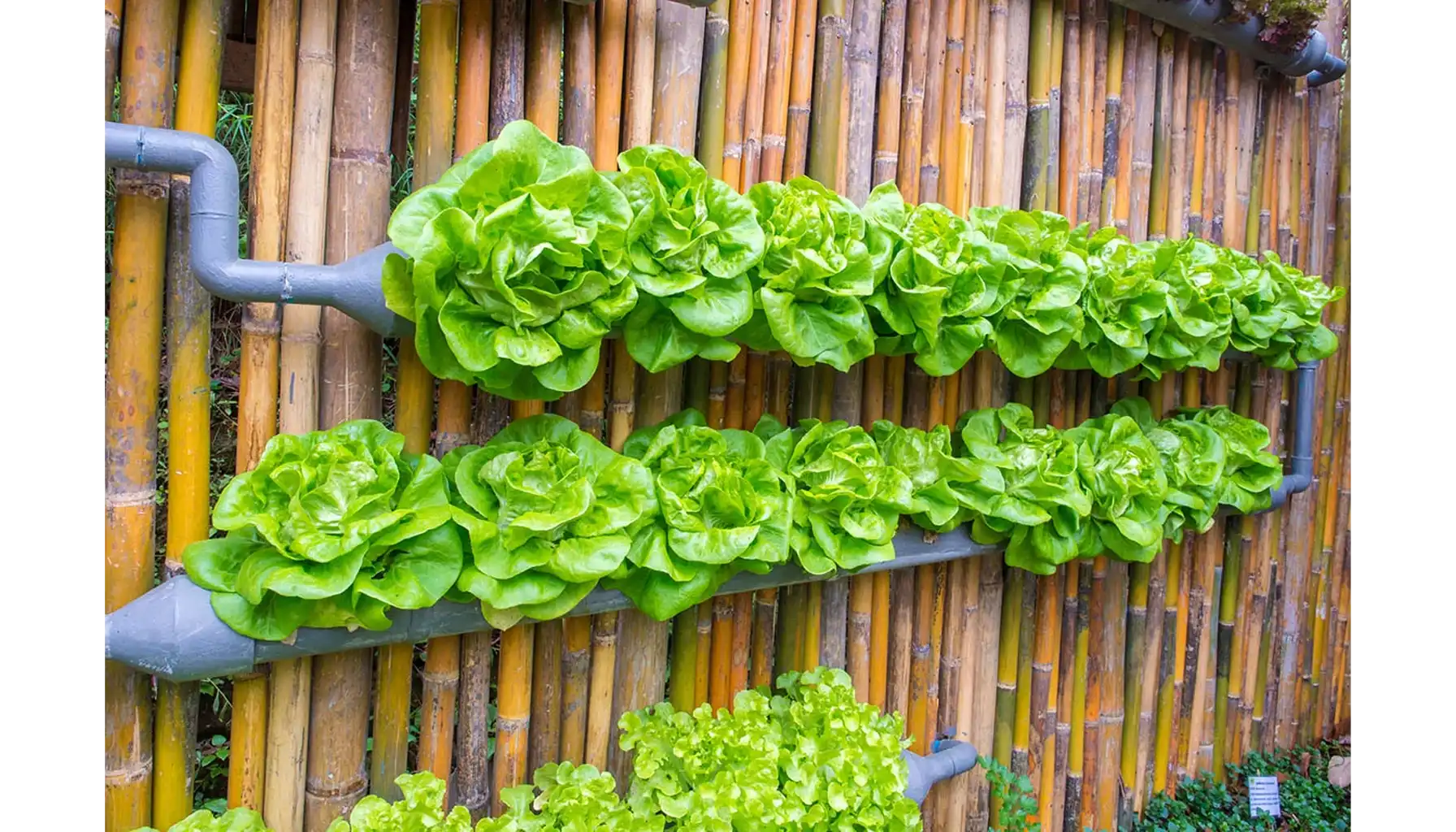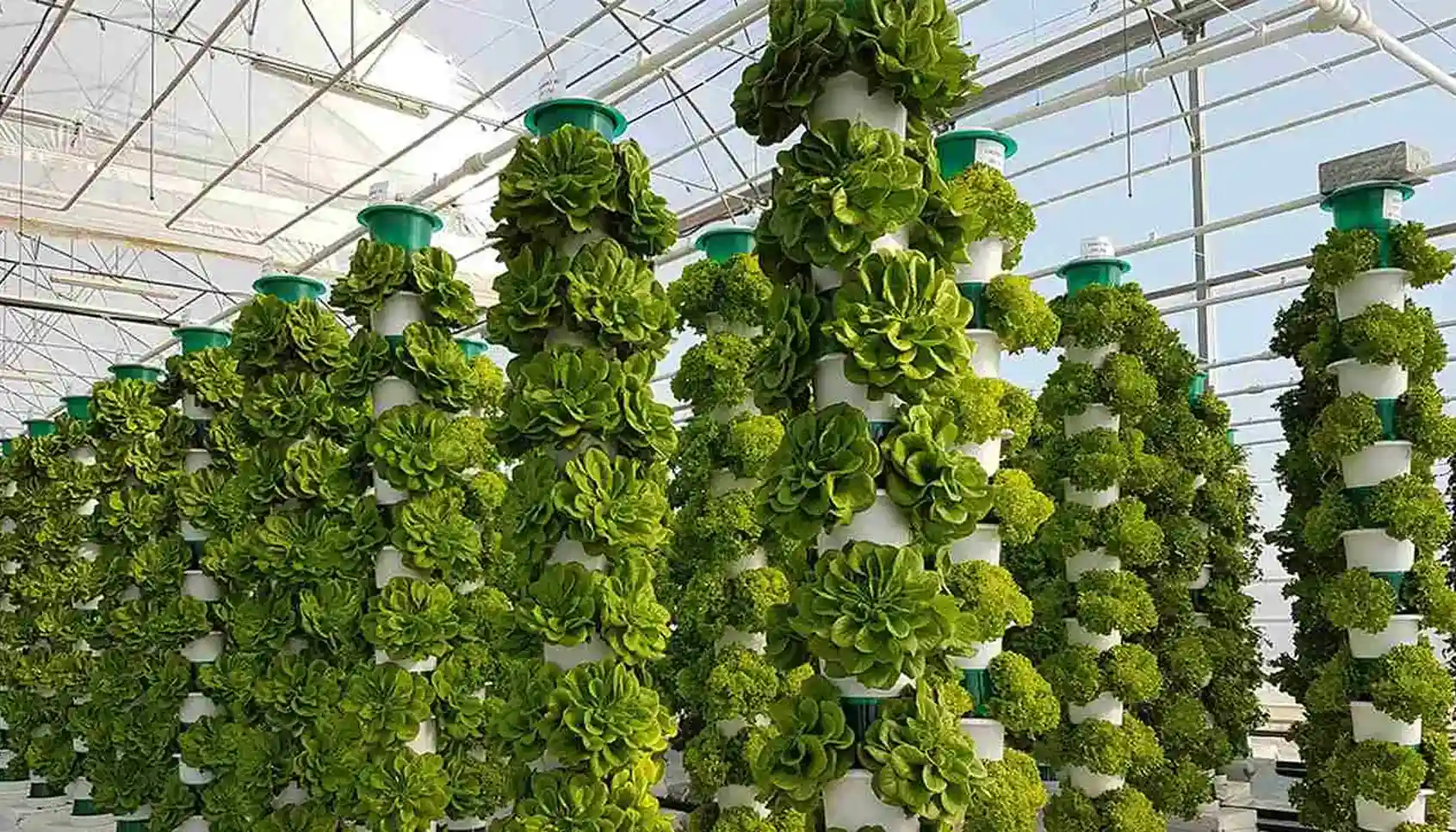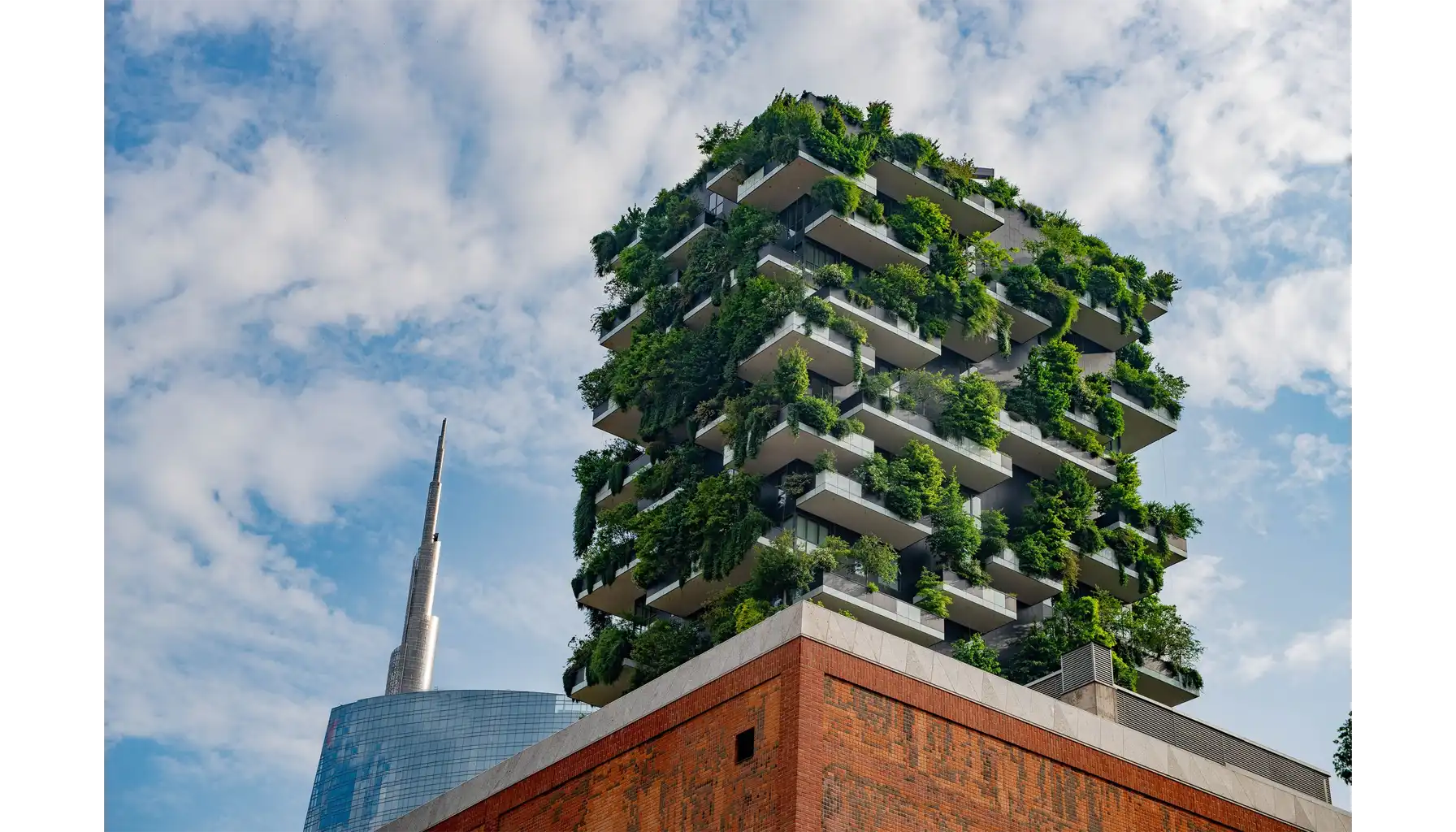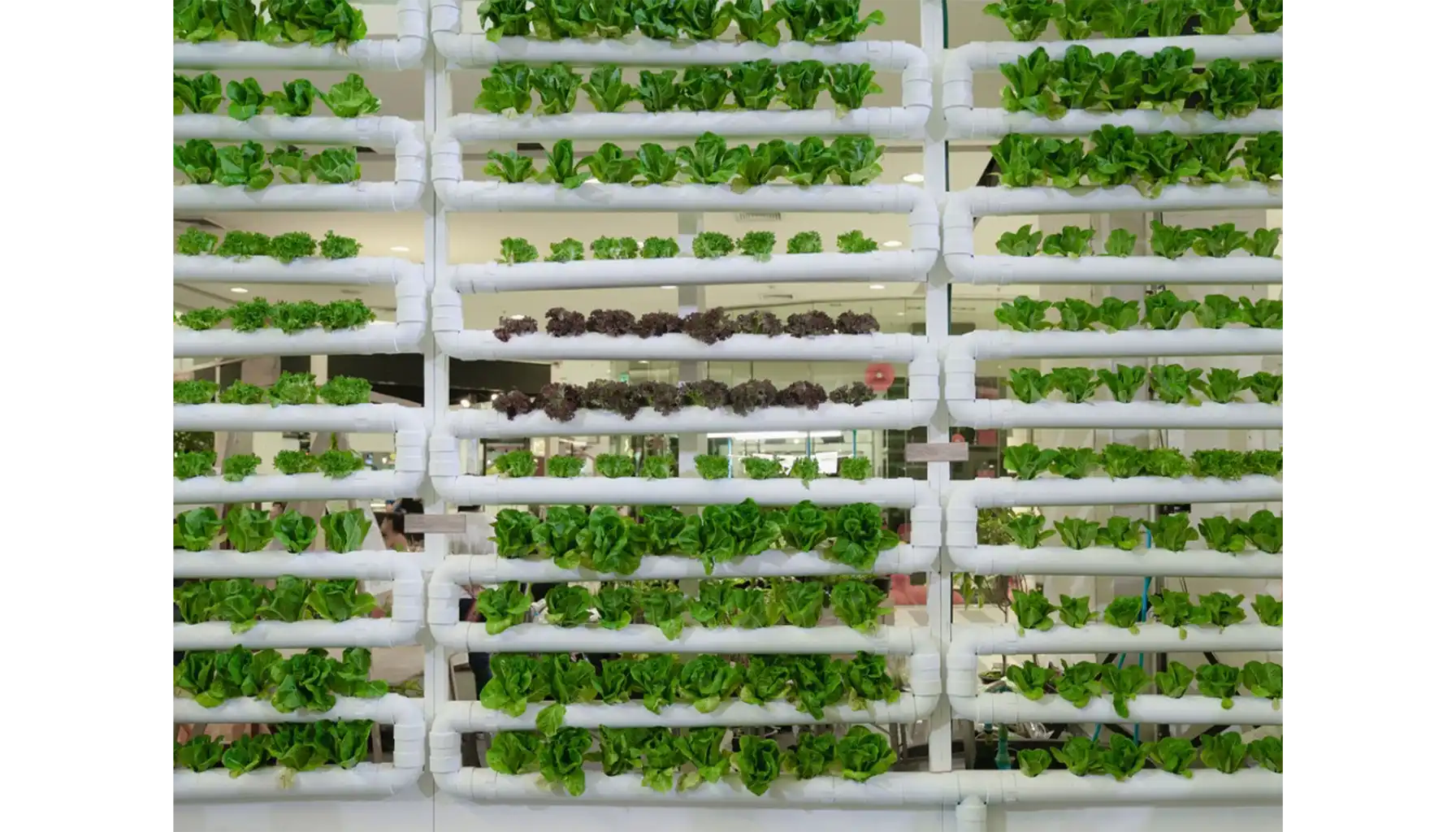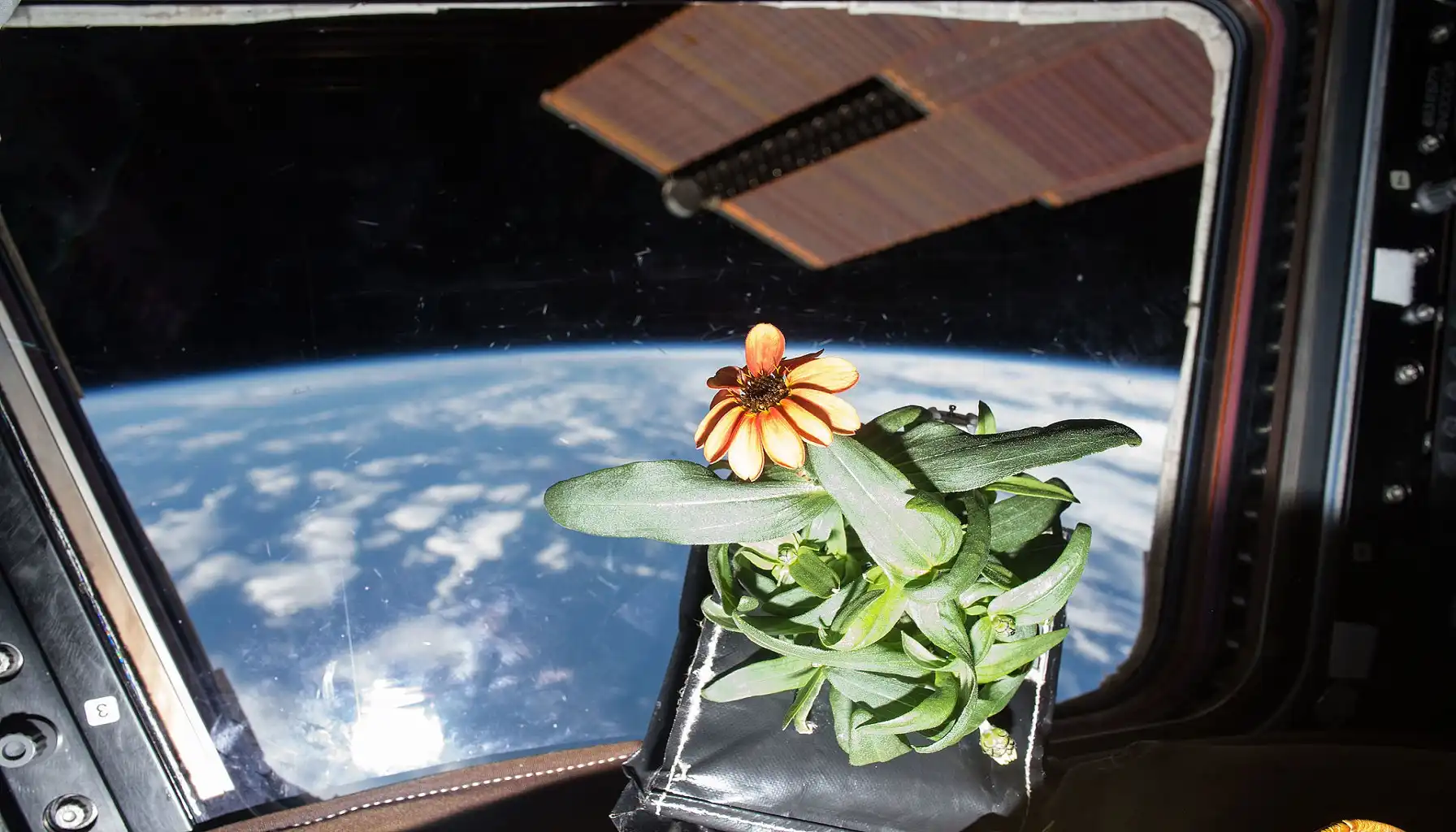If you’ve ever dreamed of growing a farm but have never had enough space, this blog is for you. Here we speak on vertical farming systems. Sounds like something futuristic but, in fact, it is an accessible way of having your own farm even in the bustling city center.
With modern specified equipment and smart plant apps here to help you everything is possible even if your space and budget are limited. Learn the basics of urban vertical farming and what plant lookup software has to do with it!
What Is Vertical Farming?
Vertical farming solutions are reshaping modern agriculture by taking crop production upwards—literally. Instead of spreading fields across acres of land, hydroponic vertical farming stacks plants in layers, often inside climate-controlled environments like shipping containers, warehouses, or even high-rise buildings.
It’s a revolutionary idea for growing population demands, shrinking arable land, and the need for sustainable food systems in urban areas.
Unlike traditional farming, these futuristic growing systems are about not relying on soil. Instead, they use:
Hydroponics (plants grow in a nutrient-rich water solution),
Aeroponics (plant roots are misted with nutrients while suspended in air),
Aquaponics (plants and fish coexist; fish waste becomes natural fertilizer).
By eliminating soil and relying on artificial light and climate controls, vertical farming racks can produce crops year-round, regardless of weather or geographic limitations.
Pros and Cons of Vertical Farming
If you are ready to start your own small farm, you should know about vertical farming pros and cons to be fully prepared for this adventure.
Benefits of Vertical Farming
In today’s world, such a modern approach to growing foods seems to be not just an experiment—it’s a solution to many of the challenges facing global agriculture today. Here’ are the vertical farming benefits that make it such an attractive model:
Advantage | Impact |
Efficient Land Use | Stacks crops in a very economical way—perfect for cities and indoor spaces |
Water Conservation | Recirculating systems cut water use by up to 98% |
Year-Round Harvests | Controlled environments allow nonstop production |
Fewer Pesticides | Indoor farms limit pest access, reducing chemical usage |
Local Food Supply | Grown near consumers, reducing transport emissions and food spoilage |
Disadvantages of Vertical Farming
While offering major advantages, these technologies also present practical challenges that individual growers must consider. Here is why vertical farming is bad in certain cases and what should you truly expect when starting such a project.
Drawback | Explanation |
High Setup Costs | Initial investment in lights, systems, and space is substantial |
Energy Demands | Artificial lighting and climate control use more electricity |
Limited Crop Selection | Best for greens and herbs—not ideal for large root crops or grains |
Technical Know-How | Requires knowledge of system maintenance and digital tools |
Pro Tip: Want to purify air in your rooms? Learn what plants can help you most efficiently even without complicated systems.
Types of Vertical Farming
The definition we’ve started discussing has many variations and options. When you look deeper, you see it as an umbrella uniting several growing systems. Each has unique mechanics, expected budgets, and ideal use cases:
Type | Description | Best Used In |
Hydroponics | Soil-free, water-based nutrient delivery | Home grow kits, commercial farms |
Aeroponics | Roots misted in air with nutrients | Advanced indoor labs |
Aquaponics | Combines fish and plant farming in one ecosystem | Urban farms, educational centers |
Soil-Based | Traditional growing medium, but stacked vertically | Greenhouses, outdoor setups |
Even with limited space, these systems can be scaled for various environments—from compact home gardens to commercial installations in an urban vertical farming tower.
Vertical Farming Examples
Vertical agriculture farming can range from a tabletop herb rack to a 20-story indoor farm. Here are common setups:
Vertical Farming at Home: Countertop or wall-mounted hydroponic units for growing greens and herbs
Commercial Indoor Vertical Farming: Large-scale operations in retrofitted urban warehouses
Outdoor Urban Gardens: Multi-tier greenhouse setups on rooftops or in courtyards
Educational Installations: Small aquaponics labs used for teaching sustainability and biology
From all over the world, there are some noteworthy examples, both for their technologies and efficient working model. Look at some of them, not just experimental ones, but actually working agricultural systems.
Growy (Netherlands): Operates high-tech farms using hydroponics in dense urban zones. This vertical farming company delivers fresh produce directly to retailers.
Farm66 (Hong Kong): Integrates aquaponics vertical farming to grow herbs and leafy greens indoors. Supplies clean, local food to restaurants and stores.
Singapore, Israel, Paignton (UK): Cities investing in new growing technologies to combat food insecurity and urban crowding.
How Does Vertical Farming Work? Quick Guide for Beginners
If you’re new to the vertical farming market, don’t be intimidated by the tech. Even if you are a beginner, you can get used to it and get your first fruits within a short period. Here’s a step-by-step framework to help you build your own efficient plenty vertical farming system:
1. Choose Your System Type
Start with a small, home-suitable hydroponics system if you want a manageable entry point. Aeroponics is more advanced and requires more expensive and large equipment, while aquaponics suits those interested in fish-plant ecosystems.
2. Pick the Right Location
Find an indoor space with access to:
Popular locations to look for: garages, utility rooms, balconies with protective covers.
3. Install Core Infrastructure for Vertical Farming Automation
You’ll need:
Sturdy shelves or towers
LED grow lights with proper spectrum
A water reservoir + irrigation system
Nutrient mix (tailored to the crops you grow)
Optional: fans, humidity sensors, pH/EC meters for precision
4. Select Crops Wisely
Start simple. These crops thrive in standing systems:
Lettuce
Bok choy
Kale
Arugula
Basil
Mint
Microgreens
Avoid fruiting crops (like tomatoes, cucumbers, or strawberries) until you’ve mastered the basics.
Pro Tip: Want to grow something great in a limited space? Learn more about bonsai trees and how to care for them!
5. Plant and Monitor
Use rockwool, coconut coir, or net pots as your planting medium.
Seed directly into the medium or transplant seedlings.
Monitor growth daily and maintain proper nutrient pH (usually between 5.5–6.5).
6. Harvest and Replant
Most greens are ready in 3–6 weeks. Harvest selectively or all at once, then sanitize the tray and replant for a new cycle.
Help Your Automated Vertical Farming with Plant ID Apps
Vertical farming definition may already seem futuristic enough, but integrating plant ID apps elevates it to the next level. Whether you’re cultivating a microgreens tower in your apartment or managing a multi-tier aquaponic farm, plant identification tools can help automate, optimize, and even future-proof your system.
Here’s what makes them indispensable in a modern grower’s toolkit:
1. Accurate Plant Identification
Imagine acquiring a few unfamiliar seedlings from a local market or inheriting cuttings from a neighbor. Without precise identification, you risk improper care, nutrient imbalance, or even introducing aggressive species into your system. A plant ID app lets you snap a quick photo and instantly get the plant’s name, variety, and basic care needs.
2. Real-Time Plant Health Diagnosis
Vertical hydroponic farming systems often rely on automated watering and lighting. While being efficient, they don’t alert you when a single plant shows stress or disease. With a plant health feature, you can regularly scan leaves and stems to catch early signs of:
Nutrient deficiencies (e.g., yellowing in nitrogen-starved spinach)
Fungal infections (like powdery mildew on mint)
Pest infestations (e.g., aphids or spider mites)
This is especially crucial in vertical farming stocks, where a disease on one level can quickly affect all tiers if not isolated early.
3. Tailored Care Instructions
Plant ID apps don’t just name your plant—they offer species-specific growing tips, like:
Optimal pH range for the nutrient solution
Ideal temperature and humidity levels
Recommended light exposure (LED spectrum and duration)
Why is this important? Because such technological and advanced systems don’t mimic natural environments. Each plant in your setup needs customized conditions, and getting these right can significantly improve growth rate, leaf quality, and flavor profile.
Pro Tip: Check out our guide on using ID apps for gardening from the very start.
Real-World Applications: How Growers Use AI Plant Finder Daily
Whether you manage a modest three-shelf hydroponic rack or a high-yield aquaponic greenhouse, here’s how AI Plant Finder can help you go on with your home-made farm or herbal garden:
Crop Selection and Rotation Planning
Not sure what leafy greens grow best under your lighting conditions? AI Plant Finder lets you search by plant needs—light intensity, water demand, nutrient tolerance—so you can intelligently plan crop rotations and maximize yield.
Ongoing Health Surveillance
Use the AI disease recognition feature to scan leaves weekly. The app flags early signs of common issues like tip burn, damping-off, or nutrient lockout—before they spread to the rest of the crop stack.
Data-Driven Optimization
My Garden saves plant care logs, creating a timeline for each variety. Over time, you’ll have a micro-history of every batch: when it germinated, when problems occurred, when it was harvested—vital data for scaling operations.
As you can see, home-fitting, space-economical gardens and farms are no longer a part of science-fiction or just an expensive industry world. You can start it right in your apartment with a bit of free space. And AI Plant Finder will do everything to keep it blooming and fruiting all the year round.
Related AI Plant Finder Posts:

